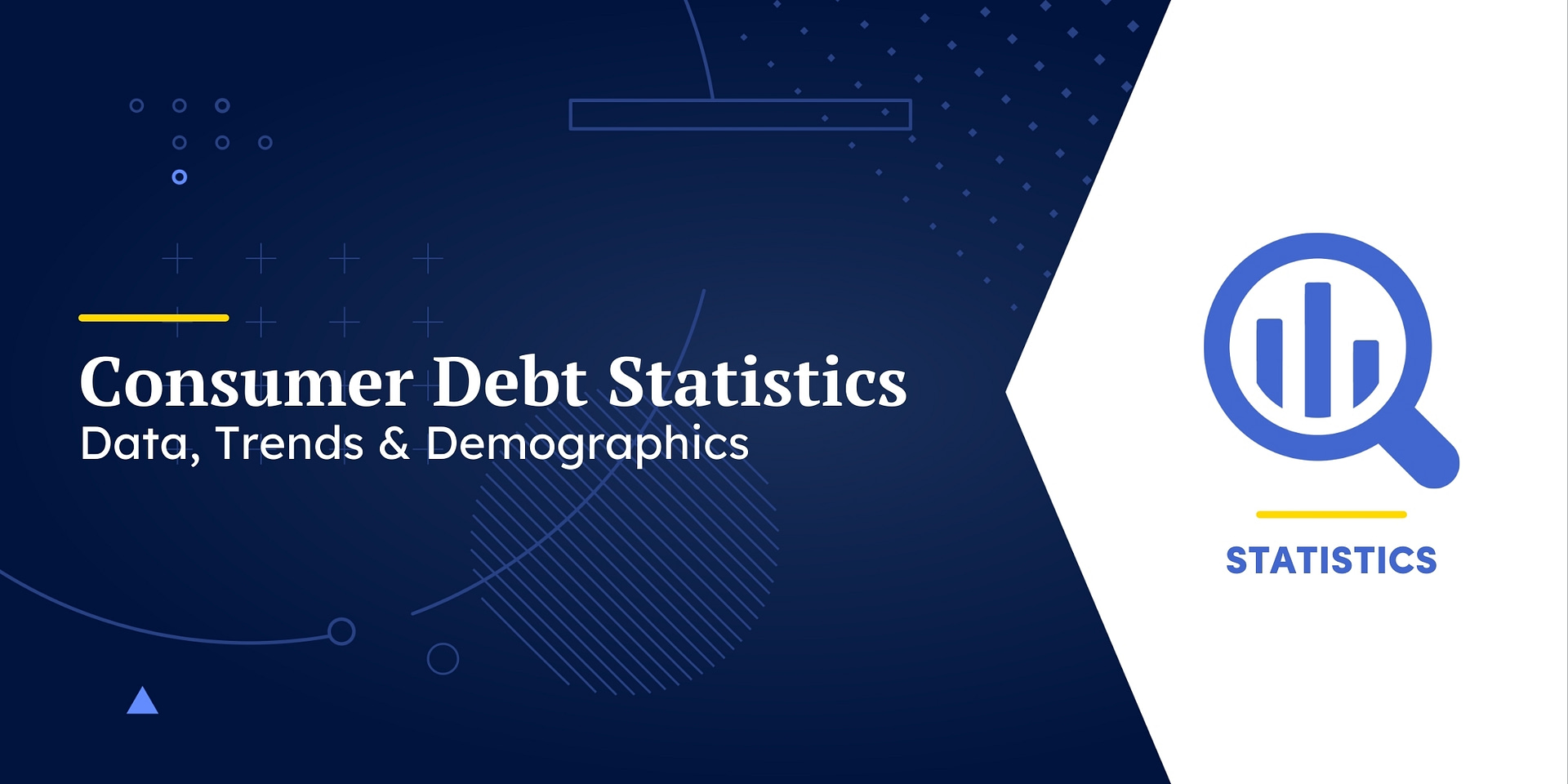Younger Americans have relatively low levels of debt, but high levels of debt stress. This is evidenced by the high rates of serious delinquency for younger holders of credit cards and car loans[6].
Consumer Debt by Ethnicity
American households of all ethnic backgrounds carry debt. Black and Native American households are likely to owe more relative to their household assets and to carry higher-interest debt[7].
Black and Hispanic households carry higher levels of credit card debt than white households.
Black and Hispanic households tend to have lower levels of credit card debt than white households. They also typically have lower incomes, which leaves fewer resources available to pay these debts.
💳 Read more: Master your finances with our guide on how to use credit cards wisely, featuring 11 essential rules to follow.
The median mortgage amount is $130,000 for white and Hispanic borrowers and $116,000 for Black borrowers. However, focusing solely on the median amount masks a deeper issue: Black, Hispanic, and Native American homeowners often face higher-cost and riskier mortgages compared to white borrowers[5].
Consumer Debt by Family Structure
A study conducted by credit reporting agency Experian revealed that U.S. consumers with children carry 14% to 51% more total debt than the national average[9].
Debt balances for credit cards and personal loans increased significantly with the number of children. Student loan balances remained relatively constant, suggesting that most individuals have completed their education and student loan payments by the time they start having children.
The average credit scores of parents fall slightly below the national average, suggesting that families are paying average or above-average interest rates.
👉 Learn more: Unveil the most effective credit building tools in our latest guide, designed to help you establish strong credit in 2024.
Consumer Debt by State
Debt levels vary significantly from state to state. California is the most indebted state with the average resident carrying $84,050 in debt.
| State | Total Debt per Capita |
|---|---|
| AZ | $70,350 |
| CA | $84,050 |
| FL | $58,610 |
| IL | $53,730 |
| MI | $46,680 |
| NJ | $64,820 |
| NV | $69,290 |
| NY | $57,560 |
| OH | $44,610 |
| PA | $48,030 |
| TX | $56,610 |
There are several notable trends and reasons behind the geographical variations of consumer debt in the US.
Regional Variations in Income Distribution
According to the U.S. Census Bureau, the median household income in the United States in 2021 was $70,784. This figure remained relatively stable compared to the 2020 median household income of $71,186[9].
Median incomes varied across the four major regions of the United States. The West and Northeast regions had the highest median household incomes in 2021, with $79,430 and $77,472, respectively. The Midwest followed with $71,129, and the South had the lowest median household income at $63,368[9].
The difference in median household incomes between the Northeast and the West in 2021 was not statistically significant. This indicates that the income levels in these two regions were relatively similar. Additionally, none of the four regions experienced a statistically significant change in median household income between 2020 and 2021[9].
The variations in median household income across regions reflect underlying economic and demographic factors. Factors such as educational attainment, employment opportunities, and industrial composition can contribute to income disparities. Understanding these regional differences is crucial for policymakers in addressing economic inequality and promoting inclusive growth.
Cost of Living and Job Market Stability
Hawaii for example claimed the top spot as the most expensive state in terms of cost of living[10]. This high cost of living is contributing to high levels of consumer debt.
While New York had the fifth-highest cost of living nationwide, its residents held the most disposable income.
States with more stable job markets and lower unemployment rates, such as those in the Midwest and Plains regions, tend to have lower levels of consumer debt.


